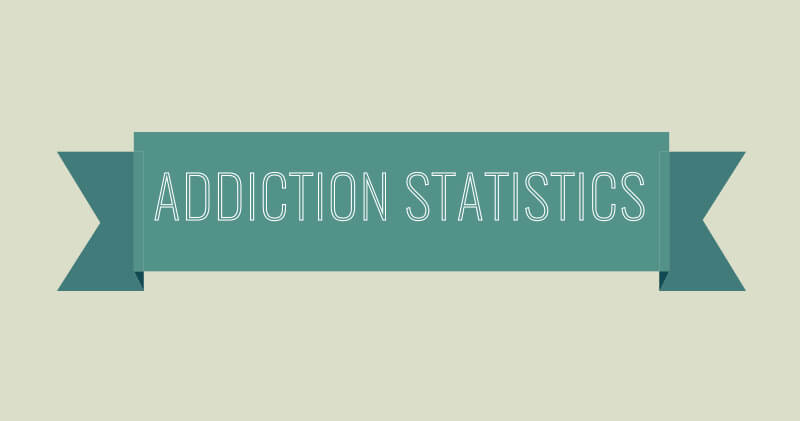Addiction to substances is trending in the wrong direction in America. American’s drug use continues to increase for many substances which in turn only increases the number of addiction cases. Due to these concerns, addiction statistics have been developed to grasp the true devastation of drug epidemics across the country.
Every drug is different in its own ways. However, some drugs are more addictive than others for various reasons. For example, alcohol is one of the most overly abused substances in the world today, along with heroin, cocaine, and meth. Each of these drugs is addictive in slightly different ways but all are potentially dangerous.
The Scope of Addiction Statistics
According to the National Survey on Drug Use and Health(NSDUH), 21.5 million Americans battled a substance use disorder in 2014. Moreover, 80 percent of those suffering from a substance use disorder struggled with dependence to alcohol. This is most likely due to the legal status of alcohol in America. Nearly all other addictive substances are federally banned. Therefore people go to alcohol for its ease of access. There is also an assumption of safety with alcohol that illegal drugs do not possess. Despite this assumption, alcohol is by no means safe.
As you can see, alcohol is at the forefront of the addiction battle. However, heroin and cocaine are reaching epidemic proportions as well. The problem is one of awareness, too few people realize the drug problem happening under their own nose.
According to the Foundation For A Drug-Free World, 9.2 million people use and abuse heroin in the world today. Moreover, estimates suggest 13.5 million people take opioids across the globe.
Addiction Effects On American Society
Addiction statistics have shown that dependence leads to numerous challenges for families. For example, drug abuse and addiction cost nearly $200 billion for families’ healthcare, criminal justice, legal, and work replacement in 2007, according to the Office On National Drug Control Policy.
These staggering numbers are growing each year, due to a rise in co-occurring disorders. Mental health problems frequently correlate with substance use disorder. In fact, nearly eight million Americans battled both a mental health disorder and substance use disorder in 2014, according to The Substance Abuse And Mental Health Services Administration.
Causes of Addiction
There is no one specific way to bring about addiction into your life. However, there are many factors that can play a role in drug abuse and full-blown addiction. For example, some indicators include:
- Genetics
- Environmental factors
- Gateway drugs
- Past trauma
- Cravings
Through addiction education, you can learn to overcome the challenges of drug and alcohol abuse. Moreover, you can begin a journey to sobriety through our substance abuse programs at CVRC.
Overcome Addiction At Crest View Recovery Center
You’ll never face addiction alone at Crest View Recovery Center. Our supportive staff and proven addiction treatment methods will lead you on a path to sobriety and overall wellness.
To begin the journey of rehab and recovery, contact us today at 866-327-2505. We’ll stand by your side and empower you to overcome the challenges ahead at our rehab center.



